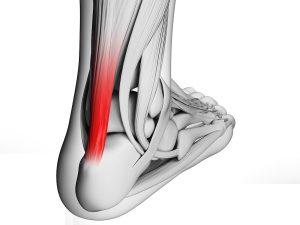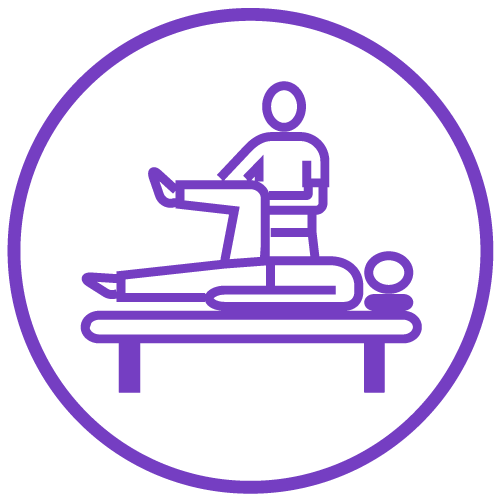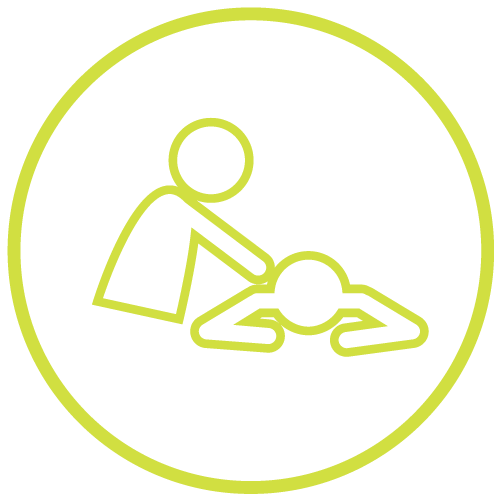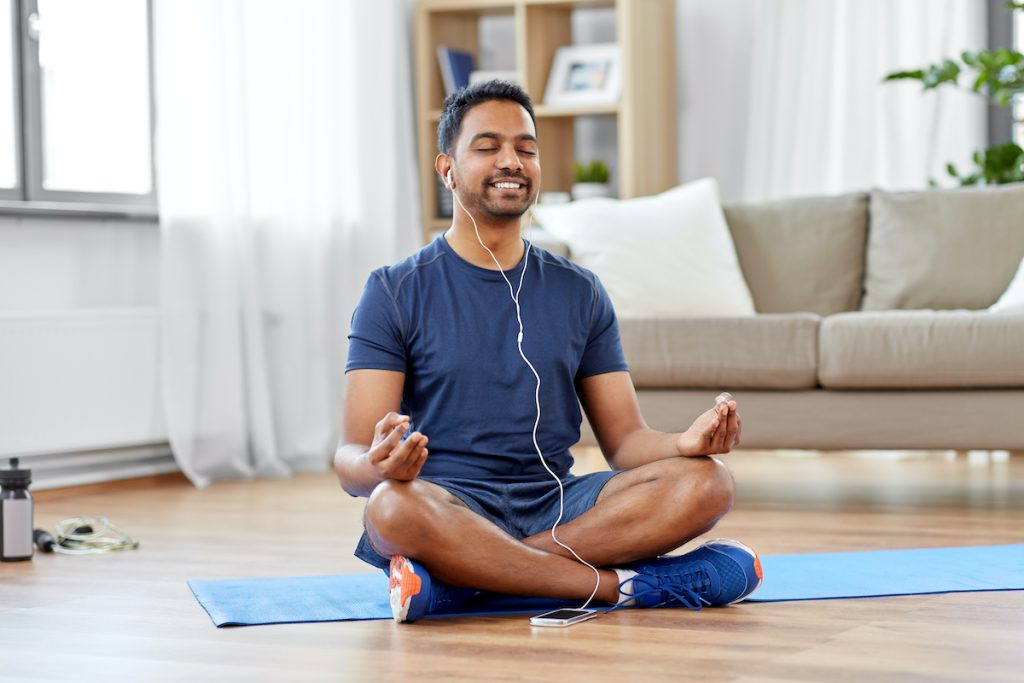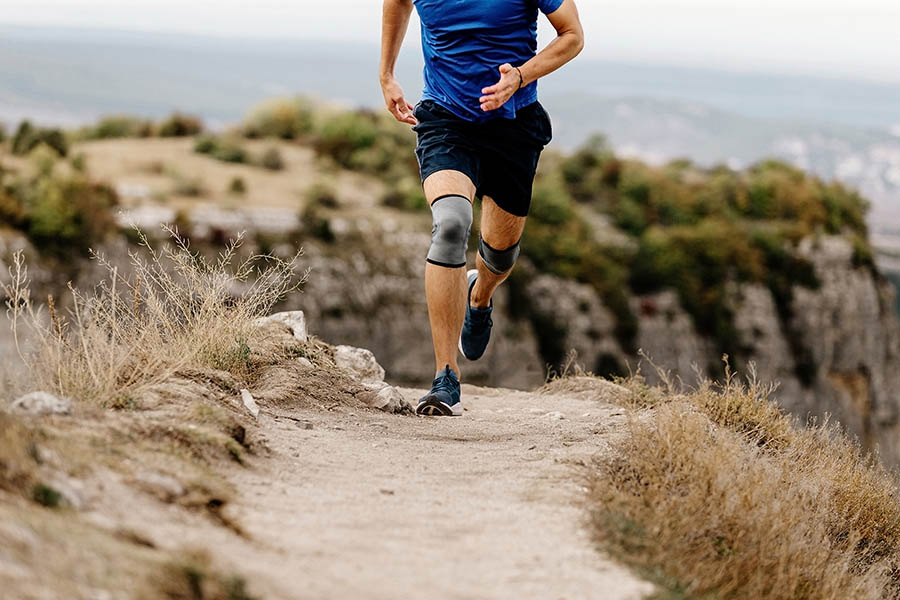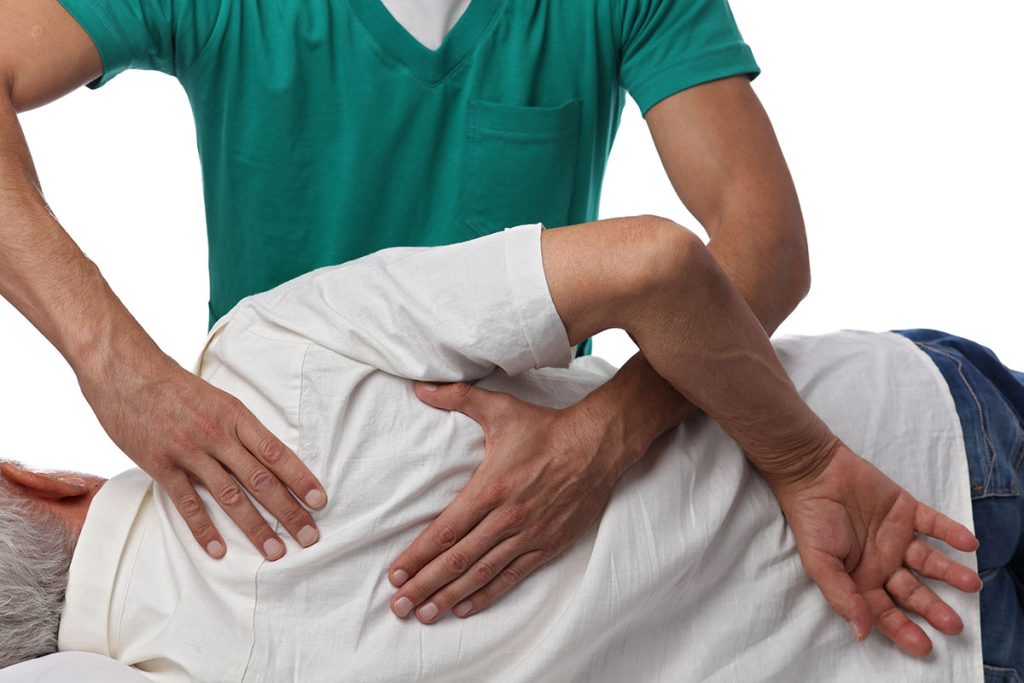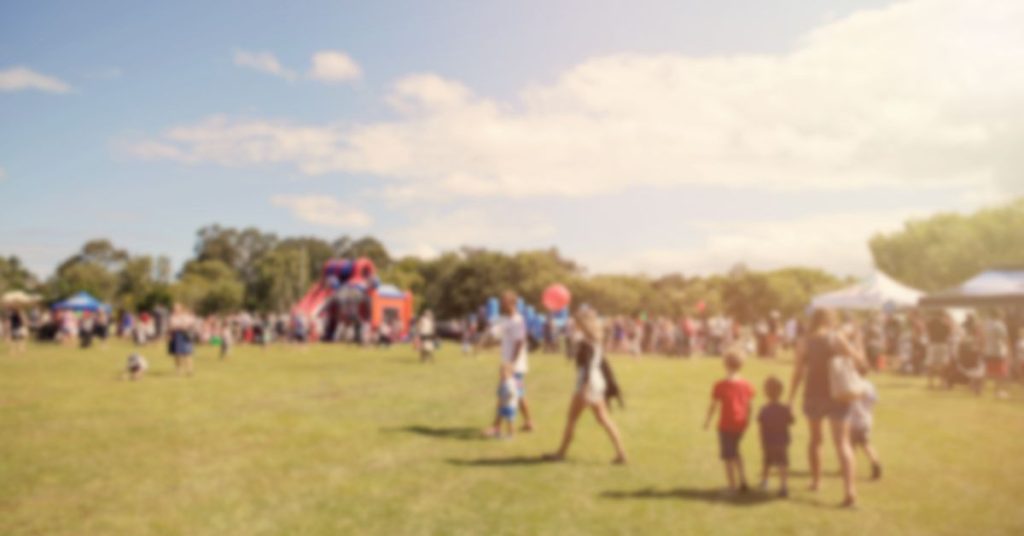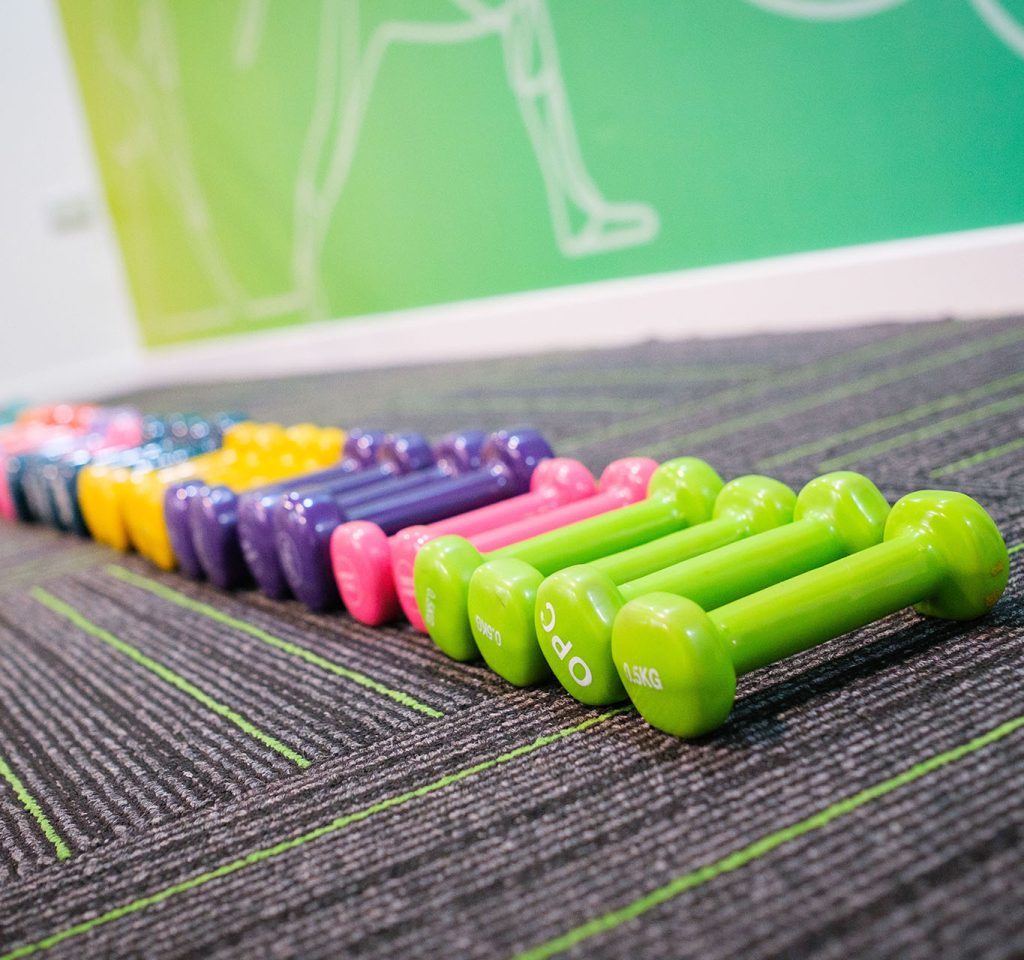Also known as Achilles tendinitis, Achilles tendonitis and Achilles tendinosis.
What is Achilles Tendinopathy?
Achilles Tendinopathy is an irritation/inflammation of the Achilles tendon and can occur midway up the length of the tendon or at its insertion to the calcaneus (heel bone). Achilles Tendinopathy is an overuse injury that arises gradually, in response to an increase in training volume or intensity, or alternatively, without any known cause in individuals who are essentially inactive. Without treatment, the condition can progress, leading to a degeneration of the tendon’s organized structure and leads to microscopic tears within the tendon. The process is often painful in lieu of the swelling that occurs at the tendon as the body tries to heal the damage.
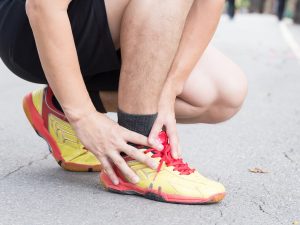
What causes it?
Being an overuse injury, Achilles Tendinopathy can result from:
- Muscle weakness
- Altered biomechanics
- Sudden increase in a repetitive activity where excessive load is placed on the tendon causing damage faster than the tendon can adapt and repair
- Sudden changes in training surface
- Unsupportive footwear
- Poor strength
Increased load with repetition leads to tendon injury at a micro-fibre level. Due to the ongoing stress placed on the area, the body’s response is to infiltrate the tendon with neo-vessels (small blood vessels), increasing the presence of chemicals at the damaged tissue, making the area swollen and sensitive to touch. Factors that can also contribute to the development of Achilles Tendinopathy include menopause or Type 2 diabetes mellitus.
Common symptoms of Achilles Tendinopathy:
- Pain/stiffness that may occur anywhere along the tendon that is most noticeable with loading on rising in the mornings or after periods of rest
- Tenderness when the sides of the tendon are palpated or squeezed as opposed to pressure being applied directly to the back of the tendon
- Enlargement of the tendon with possible nodule formation where the tissue is damaged
- Pain with pushing off of the affected foot
- Lack of flexibility in the affected lower portion of the leg i.e. calf muscle
How long does it take to recover?
Timeframes and treatment approaches for healing can change from person to person and in many cases, physiotherapy will provide a successful outcome. If a course of physiotherapy has not significantly changed the symptoms, the client may be referred to a sports physician who can provide further options such as injections, further splinting, exercises or referral to a surgeon for their opinion.
Physiotherapy is the best treatment.
Whilst the injury is considered acute, treatment will aim to reduce inflammation at the tendon through immobilisation via a cast/boot, application of ice, medications (eg. anti-inflammatories) or physiotherapy, which will employ varying modalities to improve the function of the area, with the intended outcome being a return to pain free activity/sport. Research has been extensive on the topic and has identified protocols that if employed as directed by the physiotherapist, will efficiently rehabilitate and prevent recurrence of injury.
If you’ve been suffering from any of the symptoms of achilles tendinopathy, please give us a call and we’ll be able to provide the correct treatment option for you.


